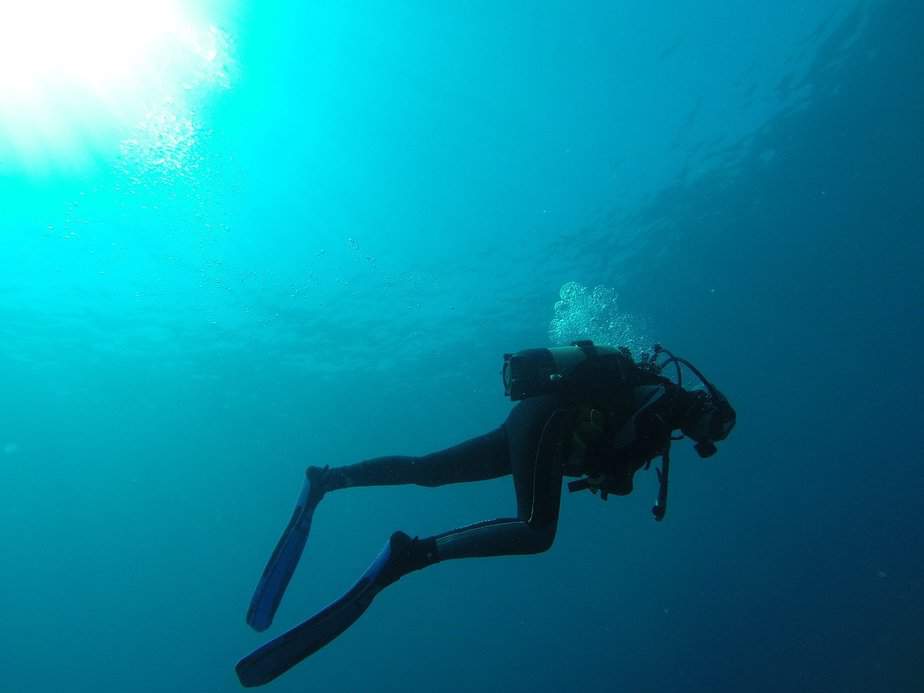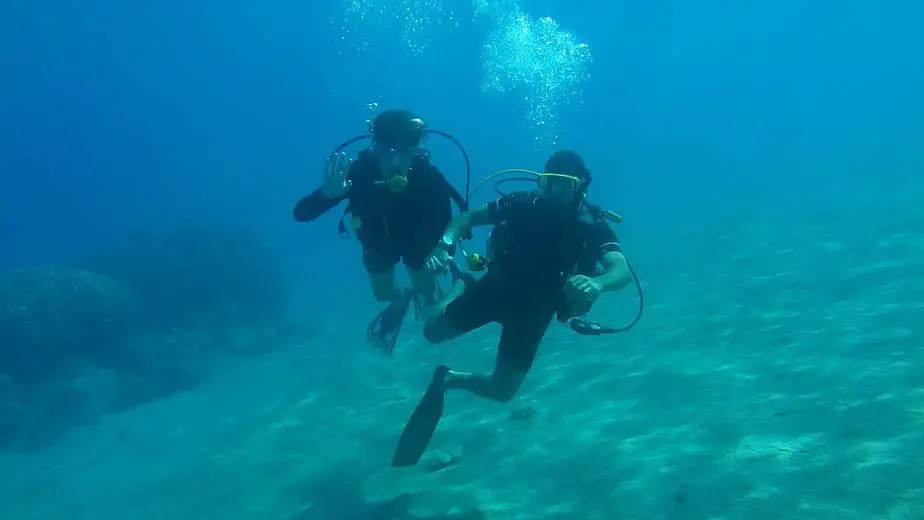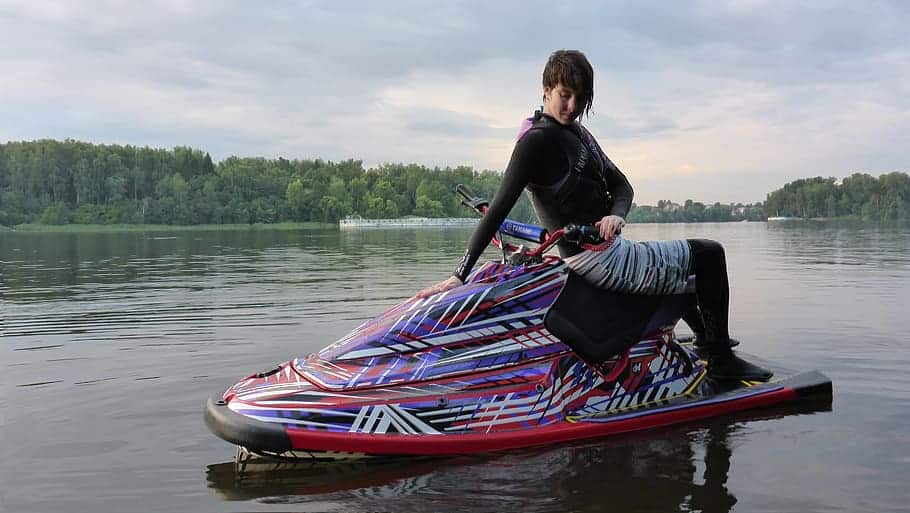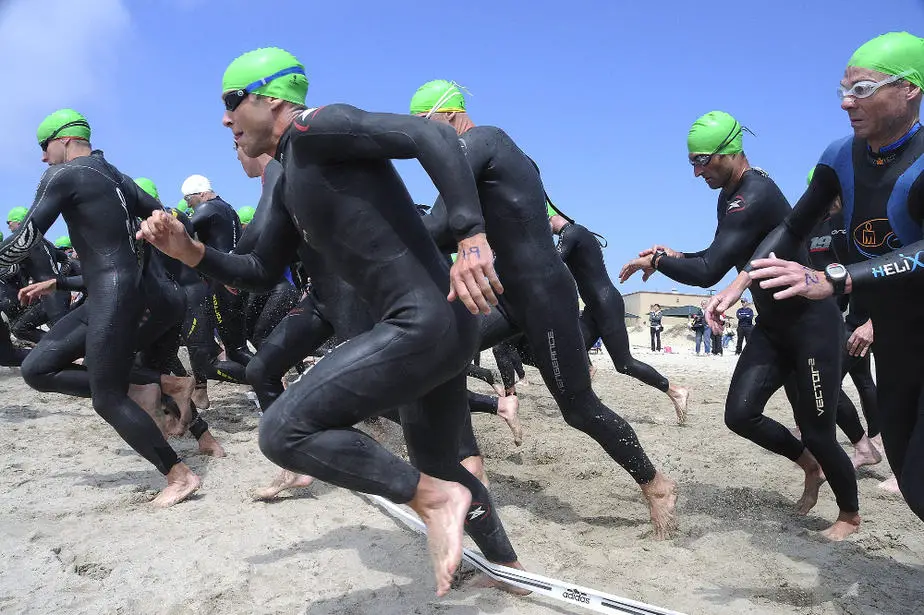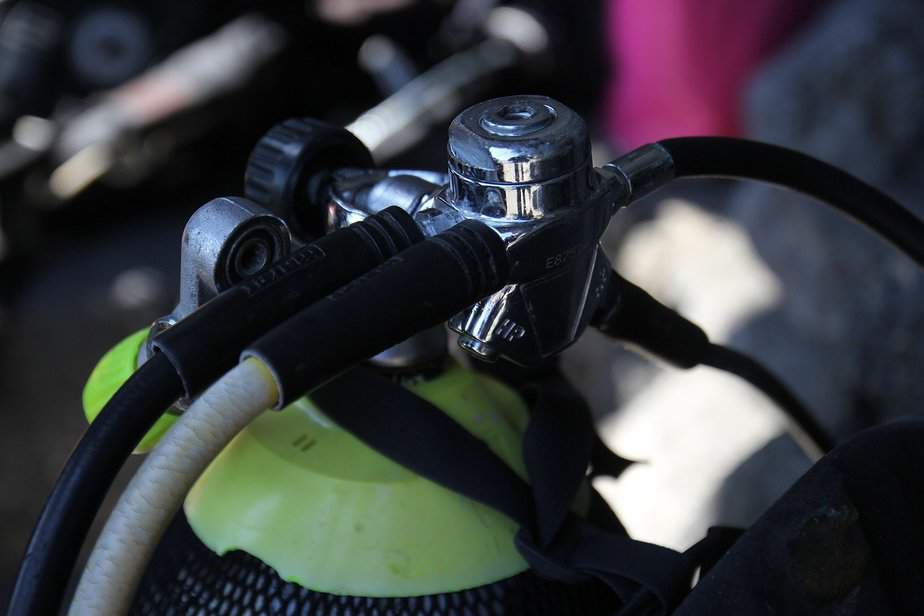If you’ve ever snorkeled with a poor-fitting mask, then you know how frustrating it is when water starts to seep in. Every few minutes you need to surface and clear the water, only for water to enter as soon as you put your head under. This is a common problem for men with mustaches and beards, because facial hair can prevent the mask from forming a water-tight seal against the face.
In this article, we will provide an overview of this problem and detail possible ways to fix it. The first option is to use a nose clip and swimming goggles instead. Our second choice is to wear a full-face snorkeling mask. Lastly, you could potentially make a traditional snorkeling mask work with some additional work. All of these solutions have some caveats you should be aware of, so read on if you want to learn more.
Beards are (mostly) okay. Mustaches aren’t.
If you have a beard without a mustache, you probably won’t have any problems. The same cannot be said about mustaches. In order for a traditional snorkeling mask to keep water out, it must form a seal around the eyes and nose. Unfortunately a big, bushy mustache tends to prevent a perfect seal from forming around the area beneath the nose and above the upper lip.
On the other hand, beards generally don’t have this issue unless your beard goes quite far up your face. And even then, it’s not a problem most of the time. If you are planning on wearing a full-face snorkel mask, then a large beard may also prevent a seal from forming.
Which snorkel masks can be used with mustaches?
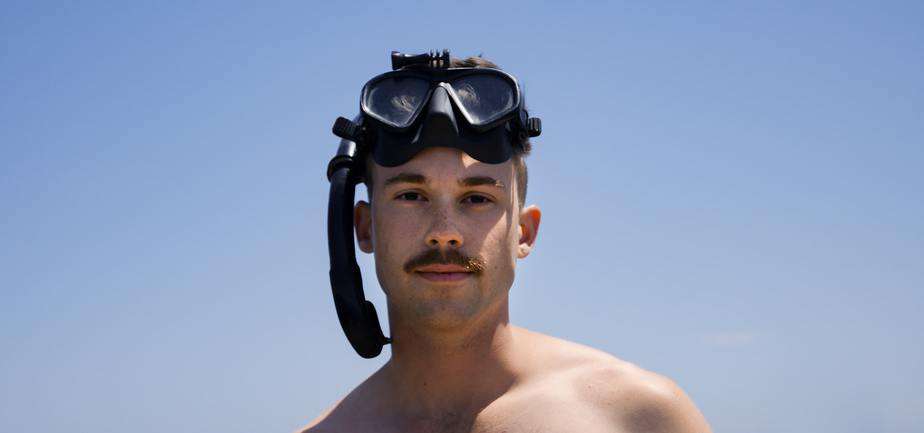
Unfortunately, there isn’t an obvious choice for mustaches. It depends on your facial structure and how well a snorkel mask fits on you. With that said, a traditional snorkeling mask is the worst option for mustaches. If you are absolutely not winning to shave off the mustache, then we recommend getting a full-face snorkeling mask or a good set of swimming goggles and a nose clip.
However, the downside of going this route is that you can’t dive down with them. If you want to do some freediving, it’s best to stick with a traditional snorkeling mask and perform some extra steps (discussed further below) to help form a tighter seal.
Swimming Goggles
A great option for snorkeling with a mustache is wearing swimming goggles; that way, you can have all of the facial hair you want! If you have a very large mustache or beard, then this is your best bet. The only issue is that you can’t dive very far with goggles. The water pressure will cause the goggles to vacuum your eyes, and will cause serious harm if you want to go further than even a few feet.
Keep in mind, this is not a problem for traditional snorkeling masks because when you exhale through your nose you can equalize the pressure. Swimming goggles don’t allow you to do this. Furthermore, wearing swimming goggles for a long period of time can cause them to painfully dig into your skin.
If wearing swimming goggles seems like an ideal option for you, we recommend the Aqua Seal 2.0. The design is very similar to a snorkel mask, minus the nose section. They have a clear lens, wide field of view, and they are comfortable, all of which are perfect for snorkeling.
Furthermore, you’ll need to combine wearing the goggles with a nose clip. When you’re marveling at the beauty of the underwater world, you might accidentally breathe in at spectacular sights. Prevent accidentally snorting water by wearing a nose clip like this one.
Full-Face Mask
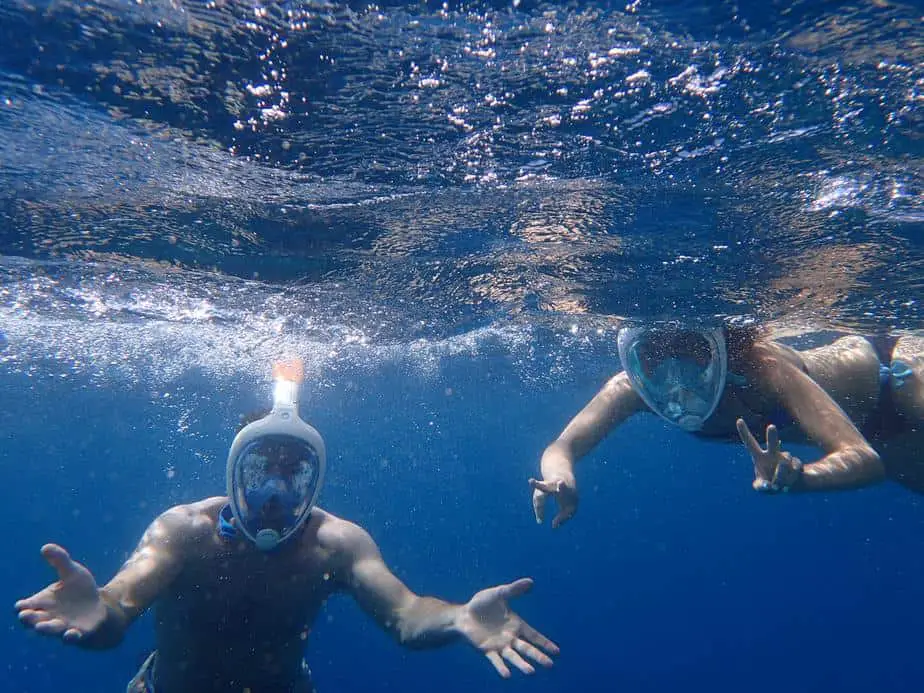
Full-face masks have the opposite problem as traditional snorkel masks, where they can be used with mustaches but they are not so compatible with beards. You could probably make it work if you only have a small beard, but a thick and full beard won’t work with a full-face mask. That’s caveat number one.
Caveat number two is that there is a theory that some deaths in the water were possibly caused by poorly designed full-face masks. The concern is that cheaper models may have a design flaw where the CO2 valve mechanism doesn’t vent out enough CO2, meaning you would be breathing the same air over and over again.
Third, just like with swimming goggles, diving deep down with a full-face mask will cause a painful vacuum effect, but this time on your ears. Normally you would simply pinch your nose and exhale. But since a full-face mask covers your nose, you cannot reach it to equalize the pressure. This is not an issue if you don’t plan on freediving.
For those who want to go the full-face mask route, then we recommend this one.
How to Create A Stronger Seal
If none of the workarounds sound appealing to you, let’s go back to tackling the root of the problem instead. If only traditional snorkel masks had a stronger seal so that it would work even with beards and mustaches, we wouldn’t be in this mess in the first place. So, here are a few ways you can make a stronger seal that allows you to snorkel with (some) facial hair.
Find a Better Fitting Mask
Sorry if this sounds condescending, but everybody’s face has a different structure, and the “best” mask according to a bunch of user reviews or recommendations may be the worst fit for someone else. If you’ve only tried a mask or two, then you probably haven’t found the right one. Granted, this is annoying and not particularly convenient for people who only casually snorkel.
Use Silicone Grease
People have found that applying silicone grease or a mask sealer around the areas the mask will seal around that has facial hair has helped to make a stronger seal. Some people have tried it with Vaseline with varying degrees of success. I’d advise against it, because it could have a chemical reaction with your mask and damage it.
Wear a Dive Hood
If you have a thick beard and you want to try snorkeling with a full-face mask, then you can wear a dive hood to cover your beard. The hood will keep your beard pressed firmly against your chin and neck, and the mask will form a seal around the hood instead. You can also apply some mask sealer for a tighter seal.
Trim the Top of Your Mustache
So, are you willing to compromise just a little bit? If so, you could shave the top of your mustache by a few millimeters, just enough so that you have some skin for the mask to form a tight seal around. If you do a bad job shaving the top off your ‘stache, you might look a little funky, though.
Just Shave it Off
Doing all of these workarounds can be exhausting. If you plan on snorkeling or diving a lot, maybe you should just bite the bullet and shave the darn thing off. Unless you have the most glorious beard that you’ve been growing for months and years, it’ll just grow back in a few days.
The Bottom Line
Why must life be so cruel and make snorkeling with a beard and mustache so difficult? Yes, it is possible to successfully do it. But it requires extra steps, additional effort, and even then, there’s no guarantee that it’ll work. However, depending on your facial structure and how much facial hair you have, there’s hope that you can keep your mustache and beard.
You may also be interested in reading our review of the best snorkel masks for beards and mustaches.


